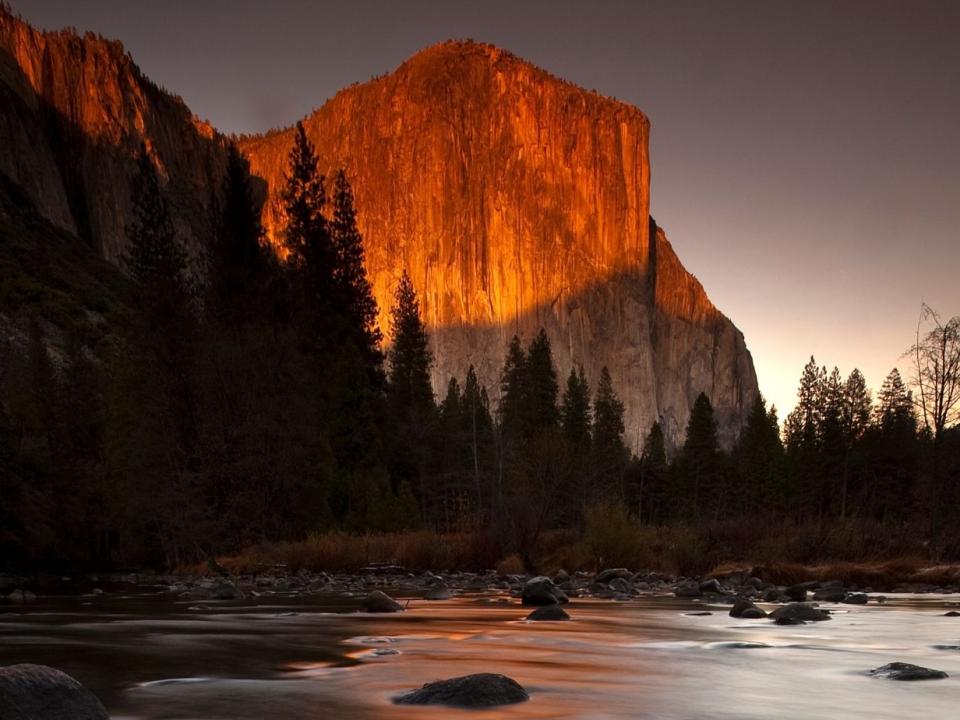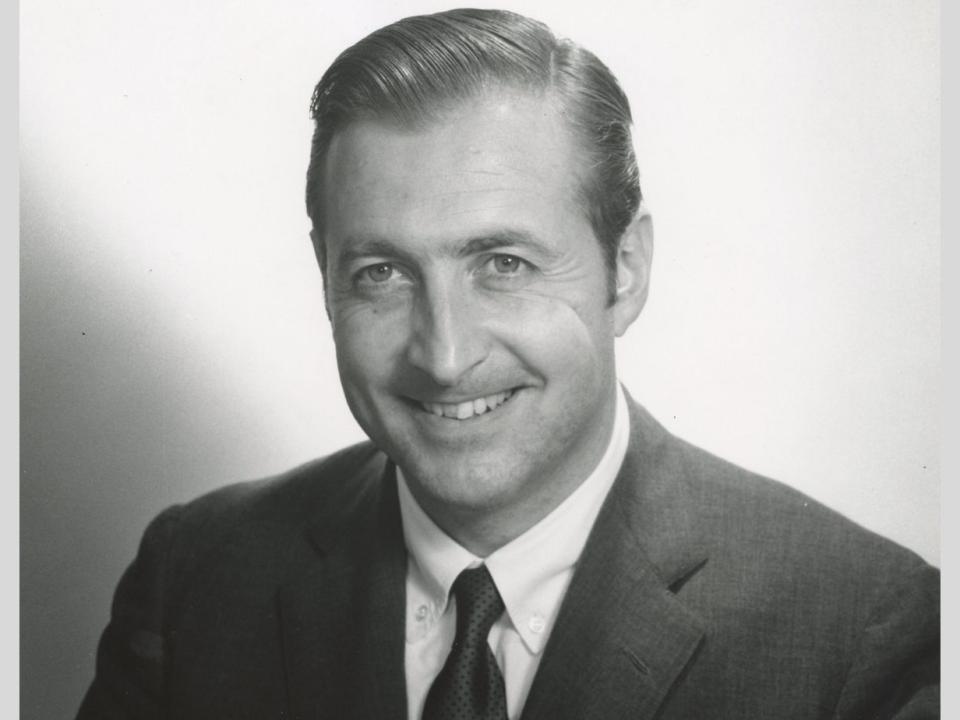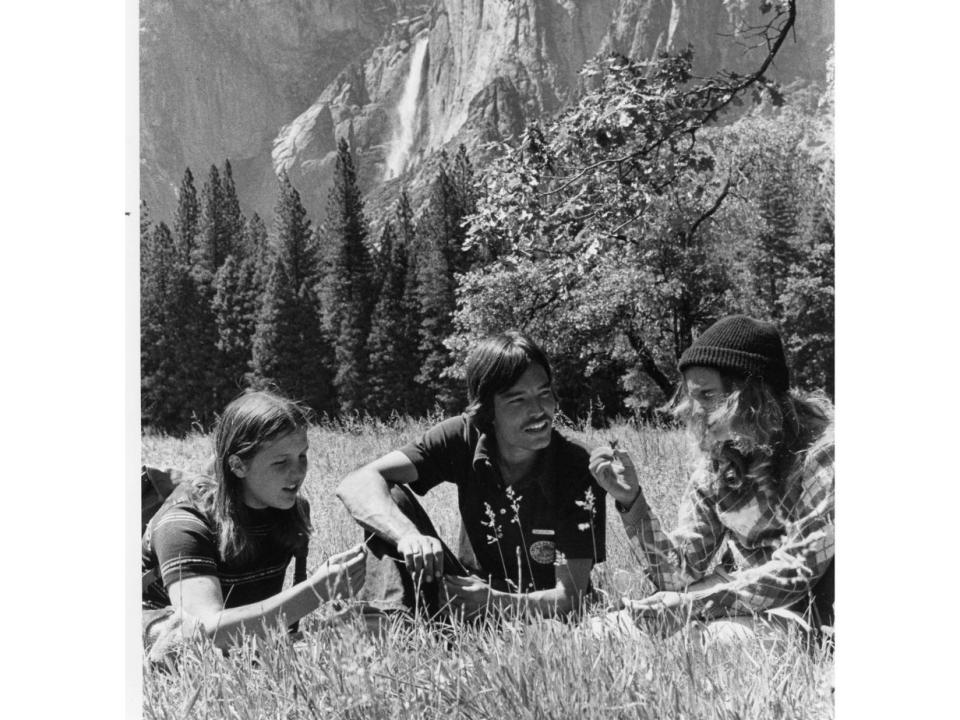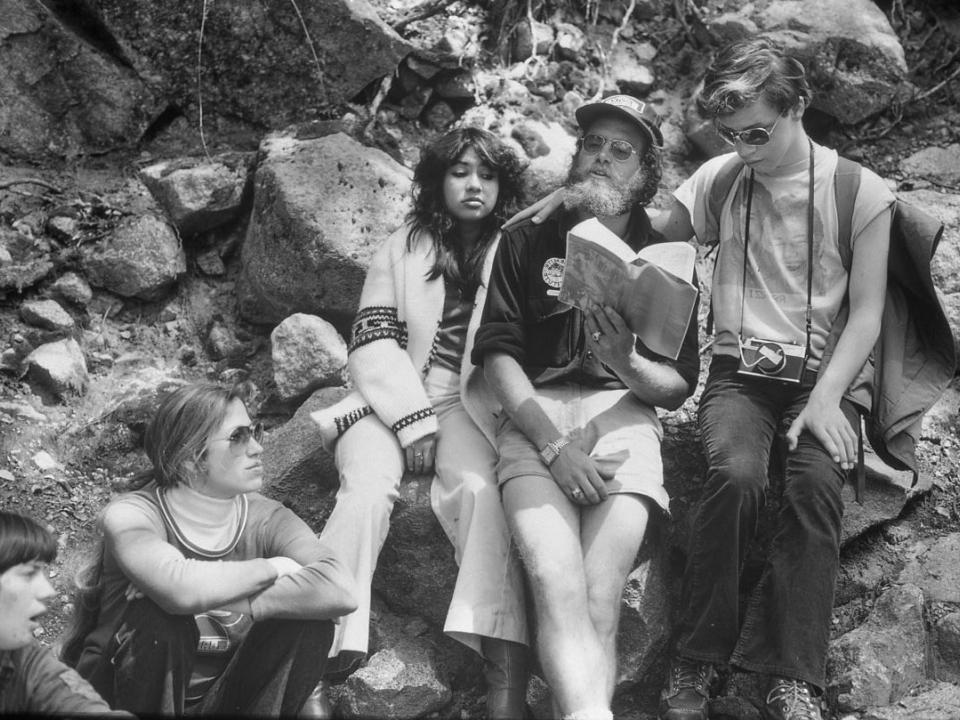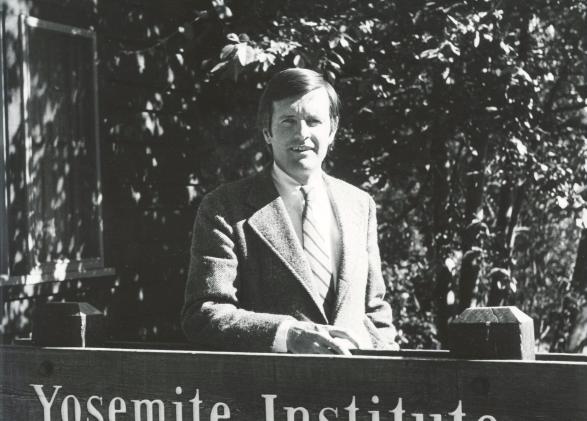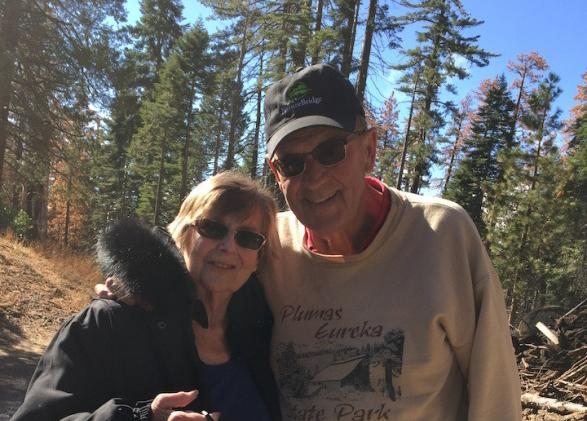5% Jack and the Coming-Together of NatureBridge
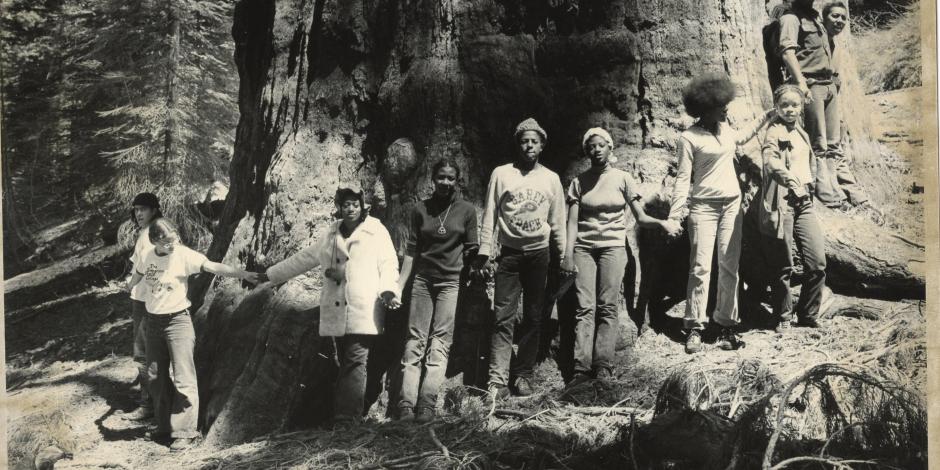
We are still living in a time where many of our interviews and meetings are conducted virtually, with a wide distance between people in space, and sometimes, time. So when Jack Walston requested that our interview be conducted in-person at his Los Angeles office, it was a refreshing change of pace.
The conversation was wide-ranging. What began as a story about the history of NatureBridge diverged into fascinating discussions of international politics, our favorite U.S. presidents and how he felt climbing the biggest mountain in the world. In the end, however, Jack was adamant about keeping this story about the history of NatureBridge, and the idea that you can’t move forward without looking back.
"Yosemite has such a magical connotation.”
Jack first visited the Park in 1943 and he made friends over the years with some of the important leaders in Yosemite, from concessionaires to Park Service employees. These relationships, and of course the majesty of Yosemite, itself, helped fuse a strong bond between Jack and the park.
In the late 1960s and early 1970s, the National Park Service was facing budget cuts, and was forced to reduce — among many other things — the amount of interpretive rangers on staff. Jack, at the time, was a senior executive at his father’s business, Walston & Co. Inc., one of the largest stock brokerage firms in the country. Those aforementioned Yosemite friends came to him with an idea.
“I get a call from Bob Maynard, and he tells me the situation: they’ve lost interpretive rangers, and there are these broad periods where their less attractive accommodations aren’t being used — what if we brought high school kids up to Yosemite for outdoor education?”
At the time, Bob Maynard was Vice President of Operations of Yosemite Park Curry Company. A concessionaire with an interest in bringing more people into the park, he had come to this idea with Dr. Alan Coleman, the company’s president, and then-Director of the National Park Service George B. Hartzog Jr.
That braintrust wanted to create an education program that would fill the unused cabins while at the same time providing critical learning for area youth.
“Bob was the moving force behind this idea. I’d really describe the founding of Yosemite Institute as a coming-together, and he was the spark plug of that,” says Jack.
They didn’t have the background to get this program idea off the ground, which is why Bob made that fateful call to Jack more than 50 years ago.
“I told them I can't necessarily help from an educational standpoint, but I think I can help make it a success. I had a passion for Yosemite. Always will.”
Bob was the moving force behind this idea. I’d really describe the founding of Yosemite Institute as a coming-together, and he was the spark plug of that.Jack Walston
He had a passion and an incredible network of scientists, business owners, adventurers and even an astronaut at his disposal. This was due partly to his membership in The Explorers Club, a worldwide, invite-only organization where he met such legendary figures as National Park Service co-founder and famed conservationist Horace Albright (“Without a doubt one of the finest human beings I’ve ever met. Wonderful man, and he became my mentor.”), mountaineer and American Mount Everest Expedition alpinist Lute Jerstad (“Lute and I did Mount Hood three times, did [Mount] Rainier three times…went up to Logan in Canada, which has the largest base circumference of any non-volcanic mountain in the world. Big and flat. At 17,000 feet, it’s 32 miles across with a true base of 150 miles!”), and Bill Anders, the astronaut who shot the stunning first photograph of Earth from outer space, Earthrise (“Bill is probably my closest buddy right now. He’s turning 88 or 89 this year. We met in 1969 just after his big flight and just hit it off.”).
Before Jack could utilize his ability to lead people and his network of brilliant explorers and conservationists, Bob Maynard, Alan Coleman and George B. Hartzog Jr. needed to find someone to create and lead the education program.
Enter Don Rees.
Don Rees was a math teacher at Laguna Blanca School in Santa Barbara, and in 1971 he led a group of his students on a week-long trip into Yosemite National Park with dazzling results. After a chance encounter with Wayne Merry, director of the Yosemite Mountaineering School, introductions to the right people were made and Yosemite Institute found its educational leader; he became the architect of the organization’s environmental education programming.
“Don was very well-respected in the educational field, and I really liked Don,” says Jack. “A classy guy.”
With Don set to serve as Yosemite Institute's first Executive Director, it was time for Jack to help build the board. He had a few simple aphorisms and straightforward strategies that, coupled with his adventurous hobbies and sincere relationships, would help secure a strong inaugural board.
The first strategy was perhaps the most effective: show them Yosemite.
“Charlie Houston was on the first American K2 expedition back in 1953. An outstanding mountaineer, and he’d never been to Yosemite. So I brought him there for the first time and he said, ‘I’ve got to be a part of this.’”
If someone hadn’t been, Jack would take them into the park and unveil its majesty before their eyes; try to give them the same experience he had received and still receives each time he enters Yosemite’s hallowed Valley.
“I have no idea how many times I’ve been to Yosemite…maybe 200? I’ve traveled a lot of the world and I don't think there's any place I've been where there's so much concentrated beauty in one spot.”
Another important strategy came in the form of a slogan.
“Successful people like to succeed,” says Jack.
“I thought I could help structure a board with successful people, and that, to me, was a good idea because successful people like to succeed. I'd learned that from a gentleman by the name of Norman Dyhrenfurth, who led the American expedition to Mount Everest in 1963. I asked him why he brought a bunch of people with PhDs to go climb Mount Everest and he said, ‘I want successful people.’”
The eventual first Board of Directors of the Yosemite Institute reflects Jack’s belief in those strategies and his impressive diligence: mountaineer Charles Houston, astronaut Bill Anders, photographer Ansel Adams, television producer and director Virginia Duncan, Bank of America Chair Chauncey Medberry, future U.S. Secretary of Defense Caspar “Cap” Weinberger — the list goes on and includes leaders from academia, Wall Street, Madison Avenue, film and television, the White House and the arts. Horace Albright even served as an Advisory Council member.
“It actually wasn’t a wealthy board,” he says. “It was a successful board.”
Jack served as Yosemite Institute’s first Board Chair…with some prodding.
“Oh I thought of Bill [Anders] immediately, but he said to me, ‘Jack, I’m now an atomic energy commissioner, soon to be head of the Nuclear Regulatory Commission. My life's too busy, but you should do it. Plus you’re closer to Yosemite.’ So that's how I ended up being the first chair,” says Jack.
Jack and Don worked closely to get Yosemite Institute off the ground. It felt like a pairing where each of them could focus on utilizing their individual strengths to help the organization launch and prosper.
“I think the world of Don. He did a great job going to schools and getting them there; he really was the one responsible for the campus up in Crane Flat — in my opinion you couldn’t have picked a better person to run the operations than Don. As the founder of our environmental education program, he was terrific.”
Jack and the board focused on the economic challenges that often arise in an organization's infancy. Which brings us to Jack’s nickname.
“Oh yeah, ‘5% Jack’. It’s simple, really. Take 5% of your total revenue and make sure that's what you have at the bottom of the line at the end of the year,” he says. “When you write this piece, you’d better remind everyone not to forget the 5% rule!”
That rule guided Yosemite Institute to financial success, and it was able to run an annual surplus, so much so that the Yosemite campus’s revenue helped fund a second campus in Golden Gate National Recreation Area. It remained an adherent to the 5% rule for decades.
Oh yeah, ‘5% Jack’. It’s simple, really. Take 5% of your total revenue and make sure that's what you have at the bottom of the line at the end of the year. When you write this piece, you’d better remind everyone not to forget the 5% rule!Jack Walston
I asked Jack, as one of the people who helped build what has become NatureBridge, for his perspective on why the organization has survived and thrived for half a century when 30% of all nonprofits fail within the first decade.
“I’ll tell you why: it’s in Yosemite, and it has good people. And within the young kids matriculating through the program — it doesn’t matter whether it’s Yosemite or Golden Gate or Olympic — it’s inspiring. It’s a sure thing, in my opinion. And part of that was having board members who would only accept success.”
To Jack, did his strategy work? Is NatureBridge a success?
“For 50 years? I mean, Hell’s bells, I’d say so. That’s pretty darn good.”
